
How to Clean Strawberries
The method for how to wash strawberries is pretty simple. To remove pesticides and bacteria, rinse your fresh strawberries in saltwater. Dissolve one teaspoon of salt for every cup of warm water and let cool before adding your strawberries. Let them soak for a couple of minutes, then rinse under cool running water.
Once clean, pat the berries dry with a clean cloth. And if you don’t think you can eat them all within a few days, keep them in a produce-saving container.
Although they’re more expensive, purchasing organic strawberries will mean they carry less bacteria. Any food item with a USDA label is at least 95% free from pesticides, dyes and all sorts of synthetic chemicals. If you choose to buy the organic strawberries and are afraid they’ll go to waste, freeze half so they stay fresher longer. You can also bypass buying fresh fruit altogether and opt for frozen organic strawberries.
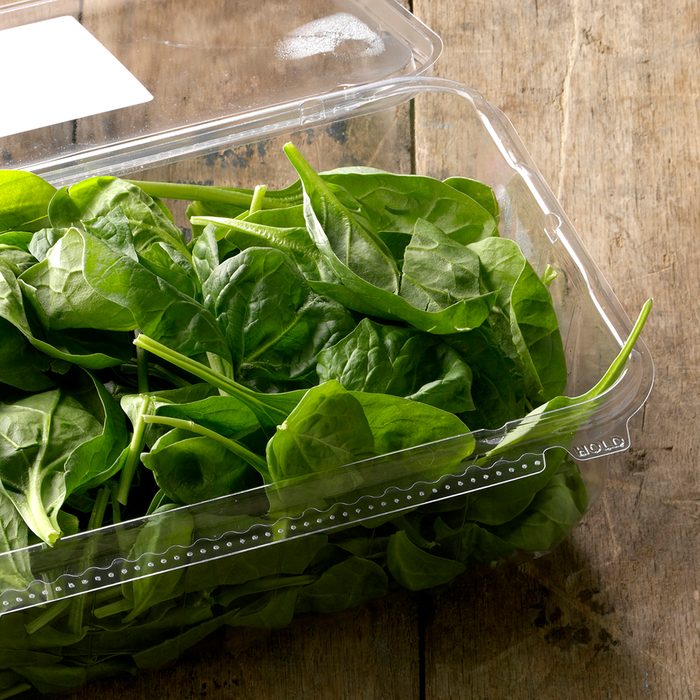
How to Wash Spinach
Because of the large leaf size, it’s probably not enough to simply run water over your spinach to make it clean enough to eat. Instead, fill a clean sink or large bowl with cold water and swish your salad greens around. This dislodges any grit that might be stuck in the leaves. Once clean, pat the spinach dry with a clean tea towel or run it through a salad spinner.
Like strawberries, you could also buy organic spinach to ensure your greens aren’t covered in pesticides. For a money saving tip: Go up to the larger 10-ounce container and you’ll pay about the same, ounce for ounce, for organic as you would for a small container of conventional greens.
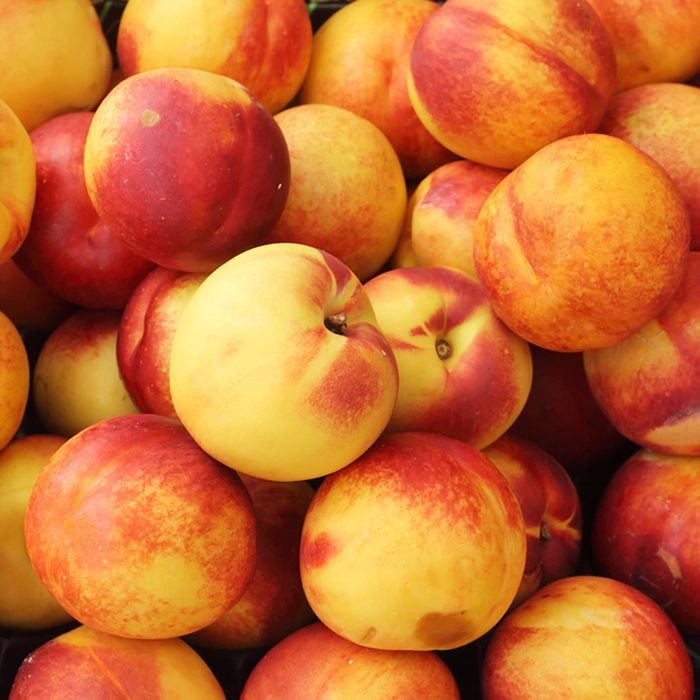
How to Wash Nectarines
Before biting into a juicy nectarine, give it a baking soda bath (just another handy use for baking soda). It’s one of the most effective ways to eliminate germs and bacteria, including E. coli.
Just combine one ounce of baking soda with roughly 100 ounces of water, then let your nectarines soak for 12 to 15 minutes. Rinse the nectarines well and enjoy.
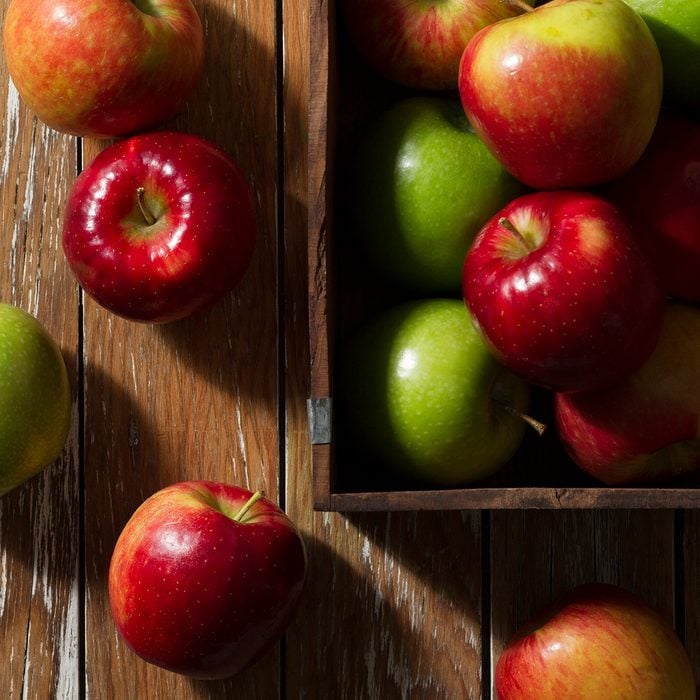
How to Clean Apples
Because of their long hang time (needed to develop into ready-to-pick fruit), apples can be exposed to pesticides multiple times in the growing season. Yuck! And there’s a reason apples at the grocery store are so shiny—they’ve been sprayed with a chemical to give them a waxy sheen. Using a soft-bristled brush to gently scrub the outside of the apple will remove this layer much more effectively than rinsing alone.
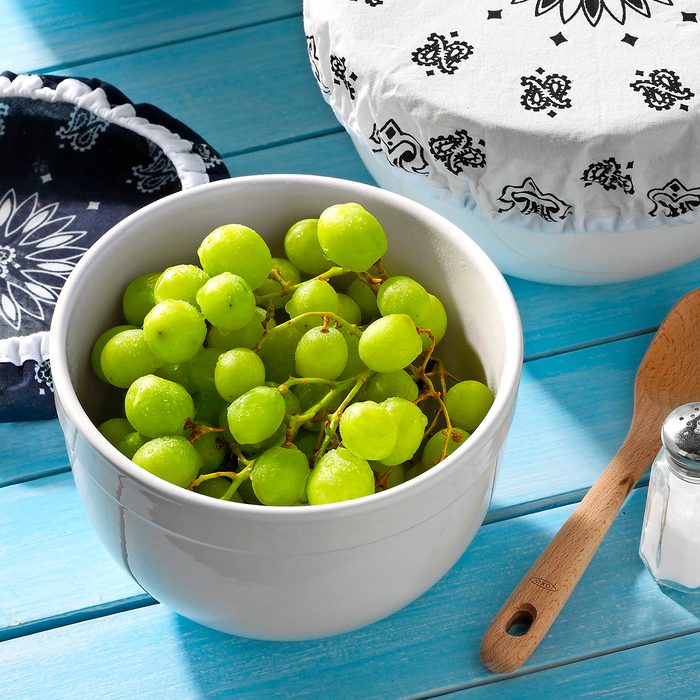
How to Wash Grapes
Wondering how to clean grapes? They are one of the hardest fruits to clean properly, so the best solution is baking soda and salt. When you’re ready to eat a serving of grapes, place the grapes in a bowl, sprinkle with a teaspoon of salt and a teaspoon of baking soda. Shake the bowl to evenly coat each grape, then rinse thoroughly with cold water. Make sure to clean only what you’ll be eating at that time. Grapes can take on extra moisture, so cleaning them and letting them sit could make them go bad faster than usual.
Pat the grapes dry with a fresh towel and get snacking—or try one of our delicious recipes using grapes, like this roasted grape galette.
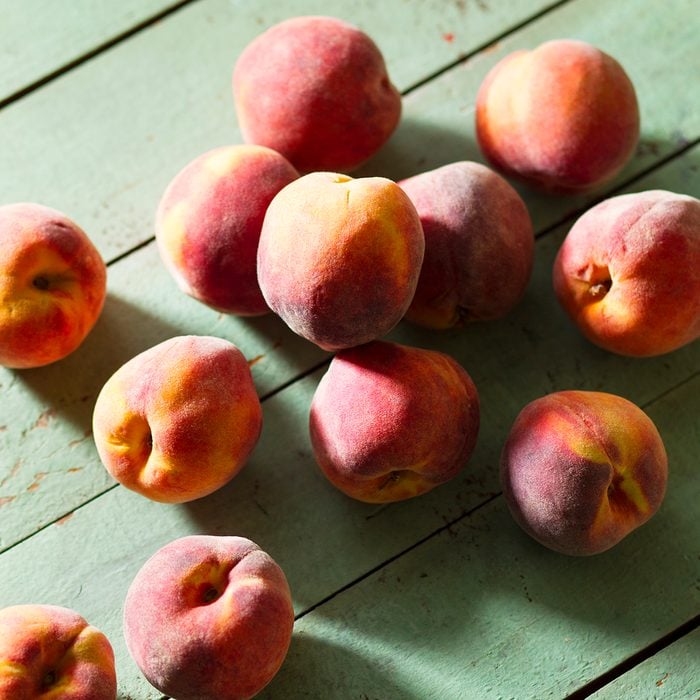
How to Clean Peaches
Because peaches have such thin skin, it’s best to use your hands (not a bristled brush) when washing. You can run water over peaches and gently rub germs off with your fingertips and then pat dry with a paper towel so the skin doesn’t get soggy. If you’re still nervous about the skin containing germs and chemicals, you can spray a solution of one part vinegar and four parts water onto the peach. Use white vinegar or apple cider vinegar. Once the peach has been sprayed, let it sit a few minutes and then run under cool water and pat dry.
Even when you’re peeling peaches to make a delicious dessert-like peach cobbler, you should still wash the fruit first. If not, you risk some of the leftover pesticides soaking into the peach itself.
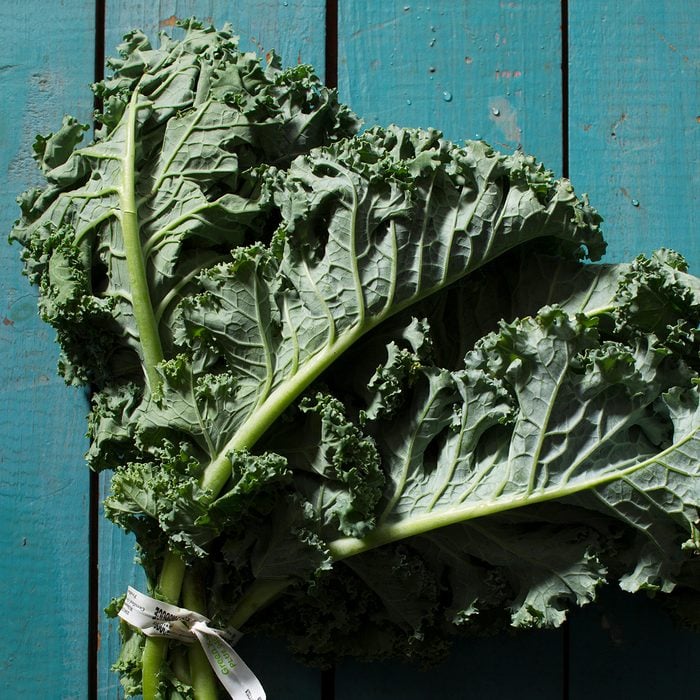
How to Clean Kale, Collard Greens and Mustard Greens
Like other leafy vegetables, kale, collard greens and mustard greens are often a bit sandy or dirty when you buy them. To give these greens a good washing, pop them in a sink of cool water and swish them around with your fingers. This will help dislodge any grit caught in the leaves.
Then remove the greens and dry them well. A salad spinner works great here (and you can use it for these other tasks, too, to really get your money’s worth).

How to Wash Cherries
Learning how to wash cherries isn’t much different than cleaning other produce with waxy chemical coatings, like apples and grapes. You can remove this coating by soaking fruit in a vinegar solution. Fill a large bowl with water, add a cup of distilled white vinegar and then pour in your cherries. Let ’em soak for 15 minutes before rinsing thoroughly.
When you’re at the store, be sure to grab the biggest jug of vinegar you can find; it’s cheap and there are plenty of other ways to use vinegar around the house.
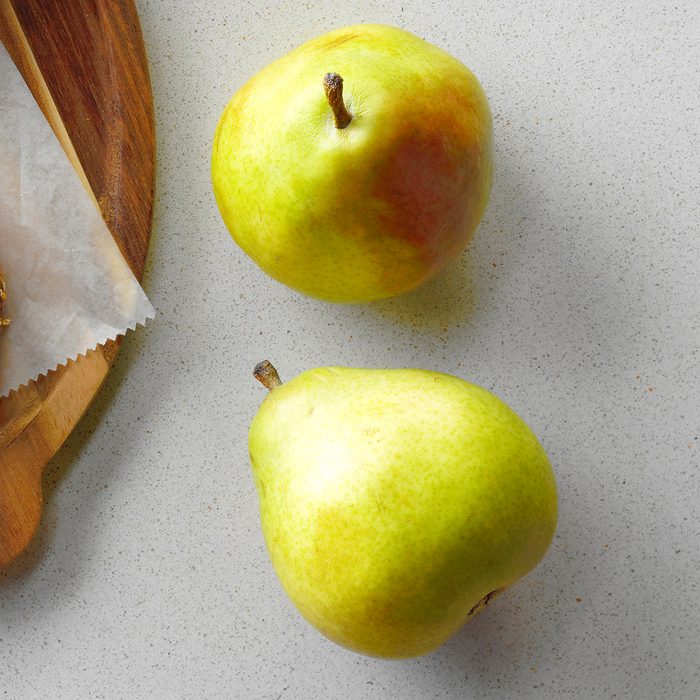
How to Clean Pears
Similar to apples, pears have a long hang time to develop into ready-to-eat fruits, so they can be exposed to pesticides more than once during growing season. Skip the fruit and vegetable wash you see at grocery stores (it is often not effective, and can also contain chemicals like chlorine) and opt for a homemade cleaning solution for pears. DIY a safer wash by mixing lemon juice, vinegar and water in a spray bottle. Spritz on your pear, rub gently and then rinse with water.

How to Wash Tomatoes
A quick rinse under the faucet won’t cut it for tomatoes (or any produce, really). The key to how to wash tomatoes is to hold them under cold running water for 30 to 60 seconds and rub gently to remove germs, dirt and pesticide residue.
Once clean, be sure to store your tomatoes properly. Ripe tomatoes can go in the fridge and unripe tomatoes should be left to ripen on the counter at room temperature.
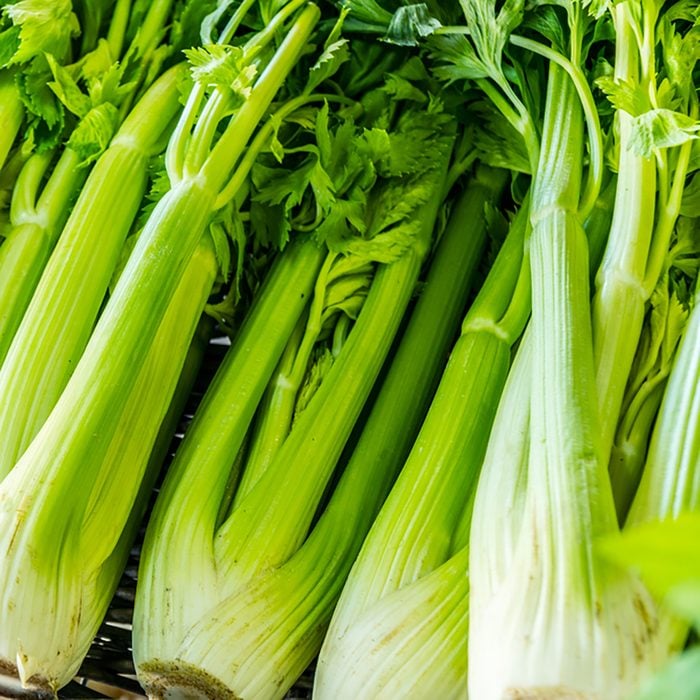
How to Clean Celery
Always separate celery stalks before washing (don’t wash the whole bunch together) to make sure you get in all the nooks and crannies. You may have to use a soft bristle brush to completely remove dirt. If you can’t get rid of those brown streaks at the base of the stalk, cut that section off before eating.
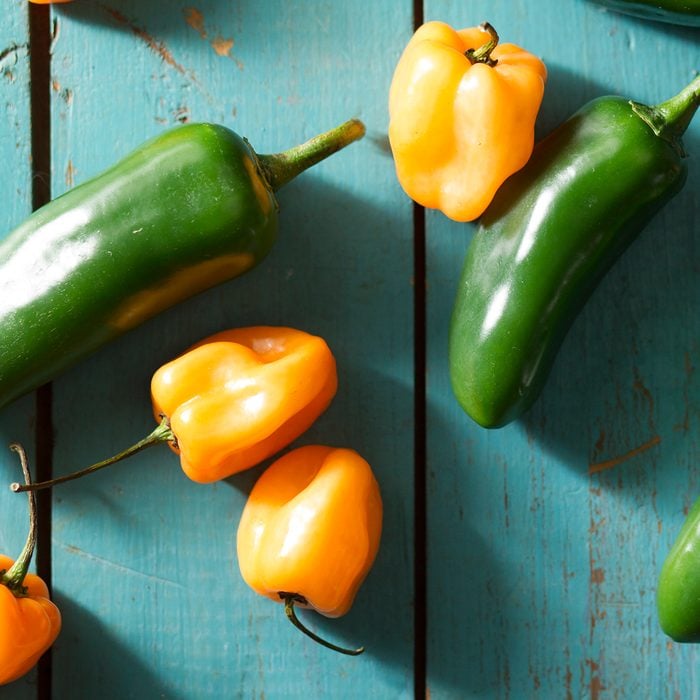
How to Clean Peppers
When washing peppers—be they bell peppers or spicy peppers—we recommend using cold or lukewarm water. Why? Rinsing a cold vegetable with hot water can actually cause bacteria to soak into the vegetable.

